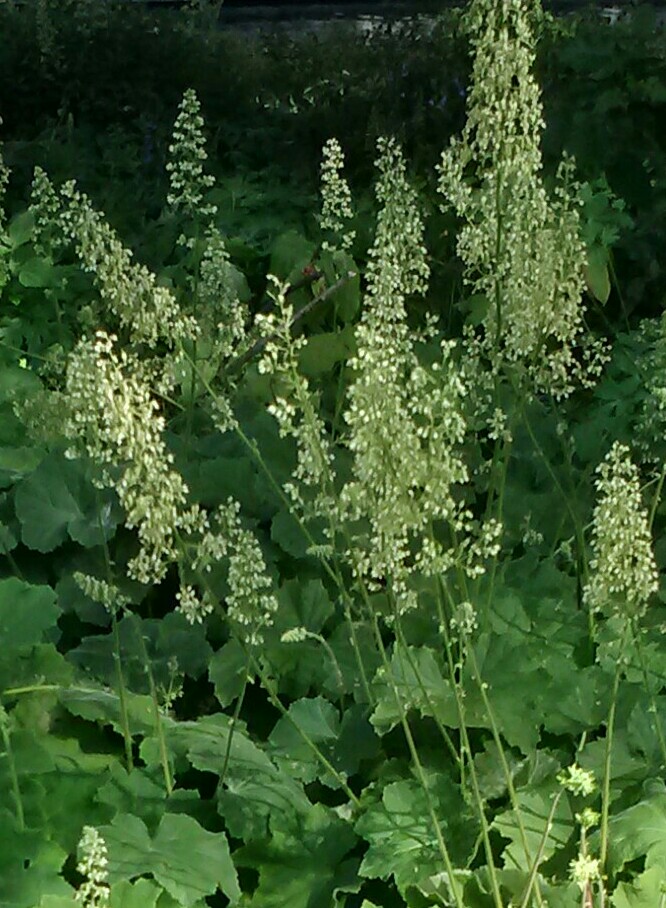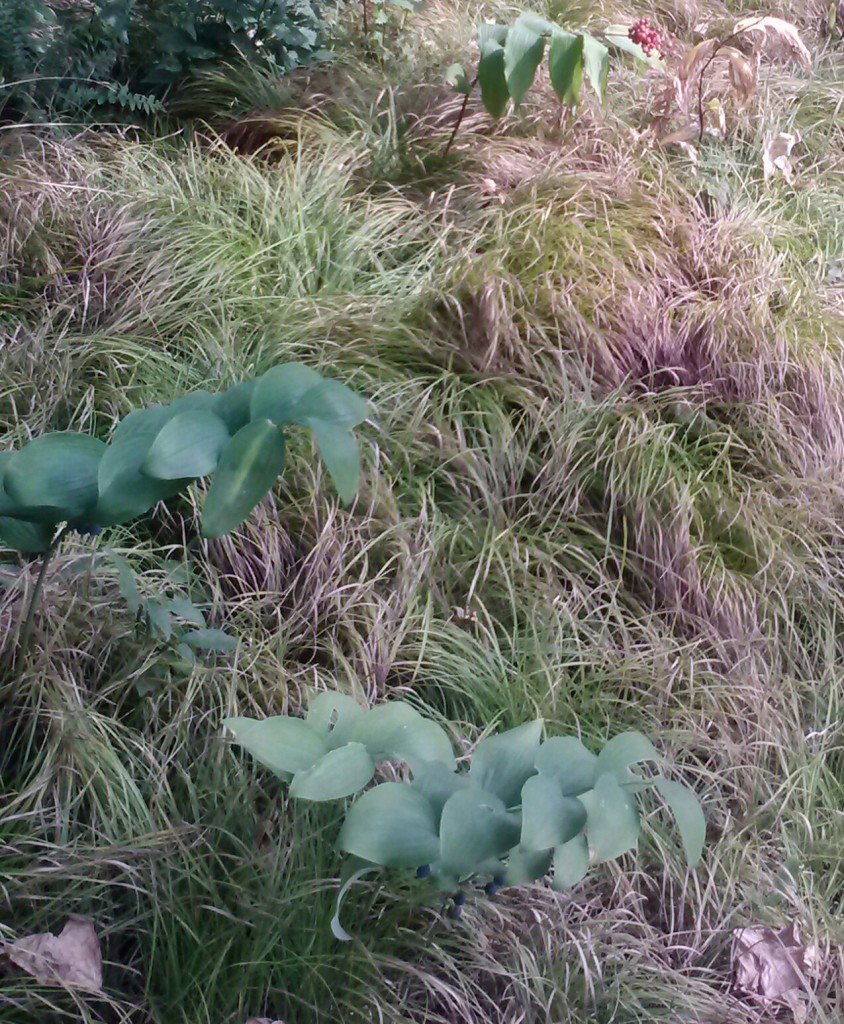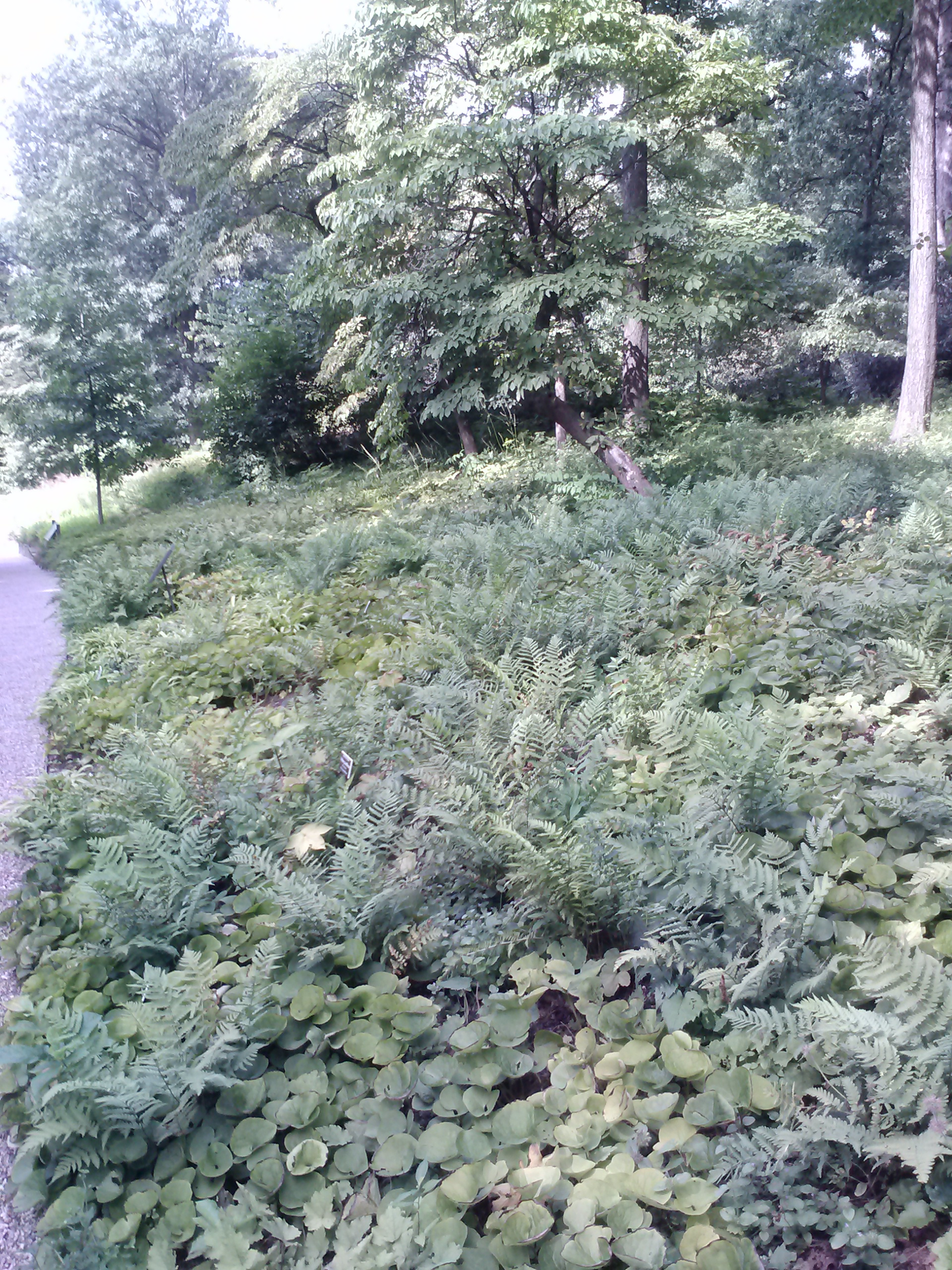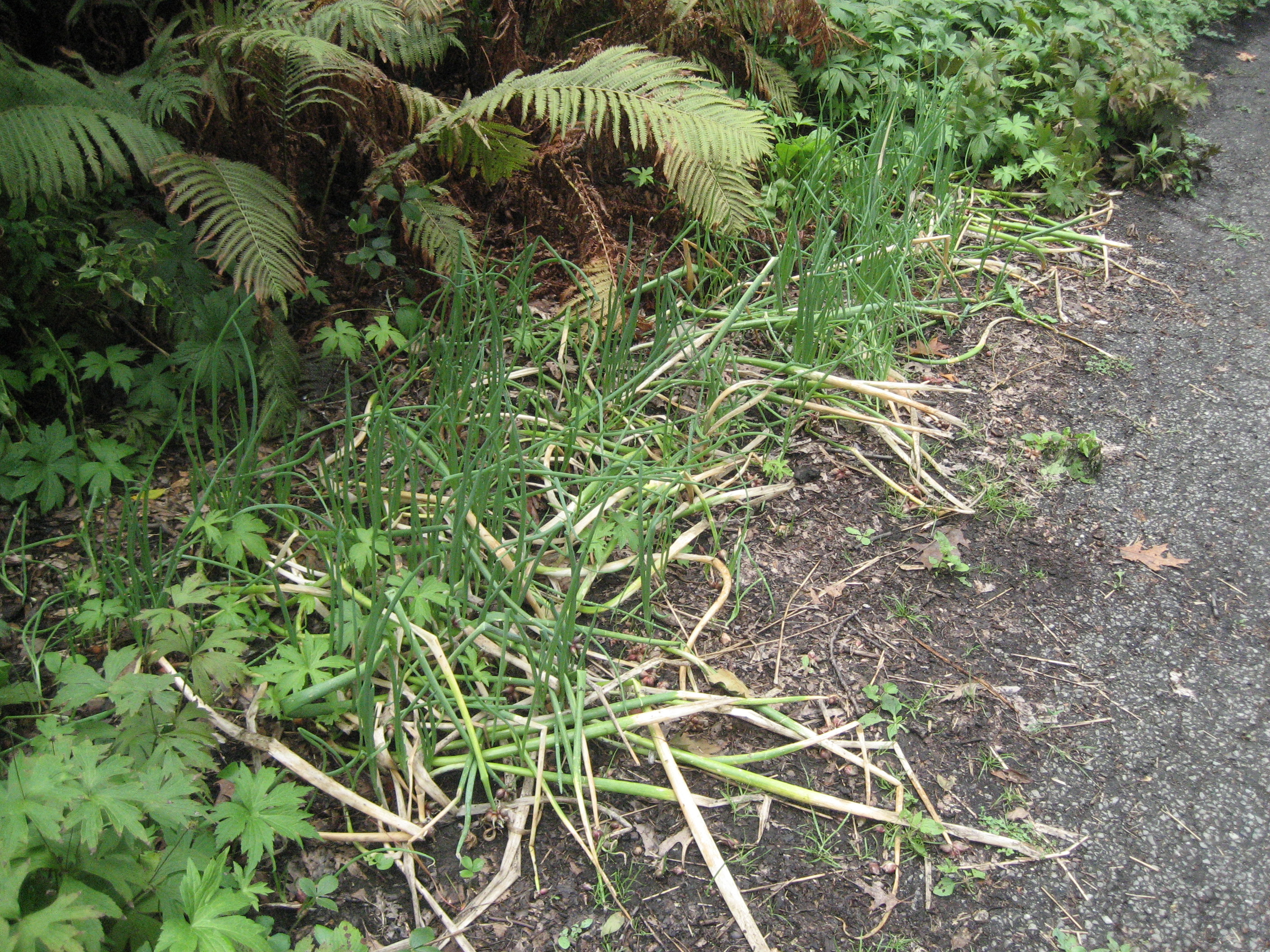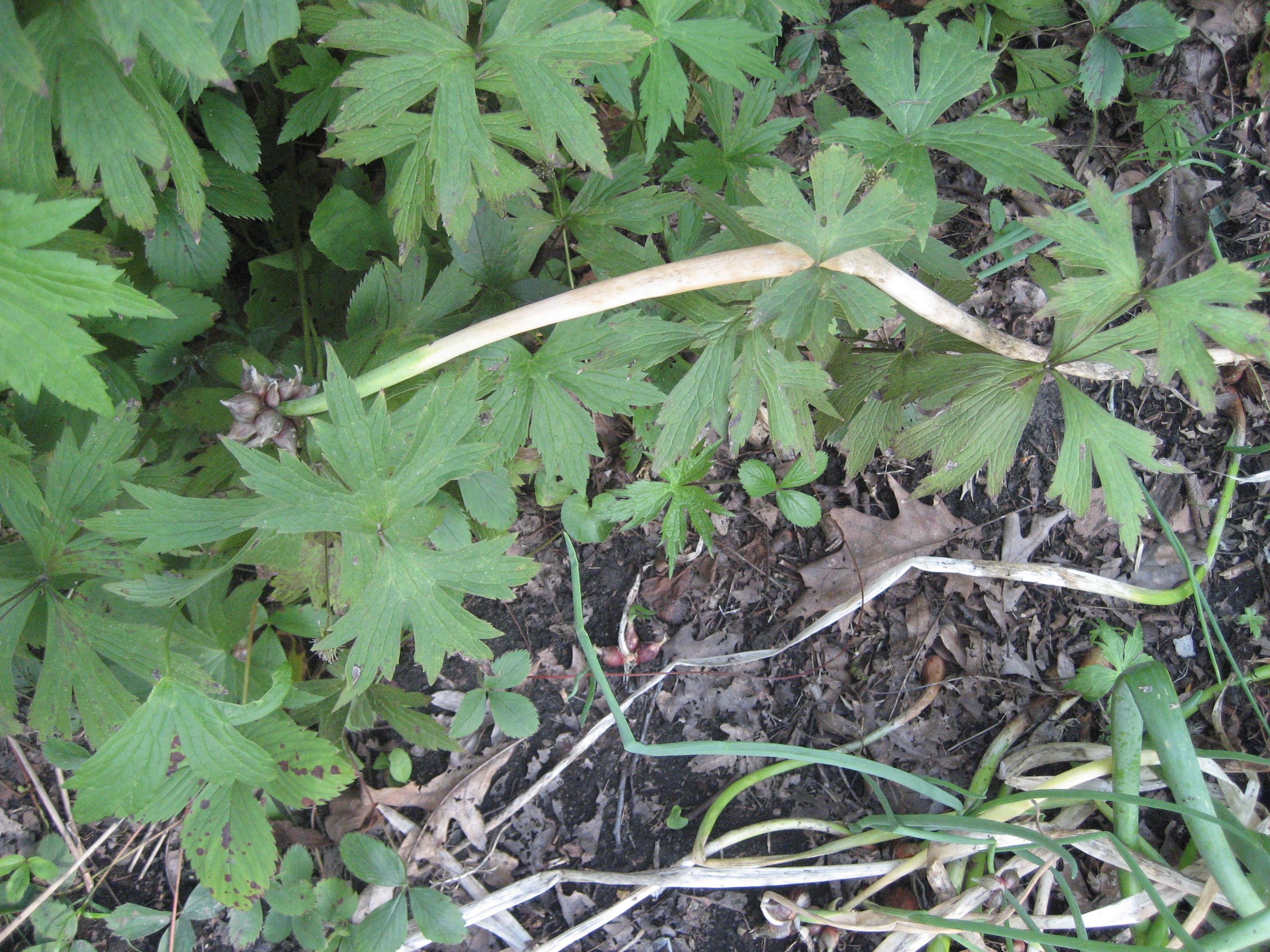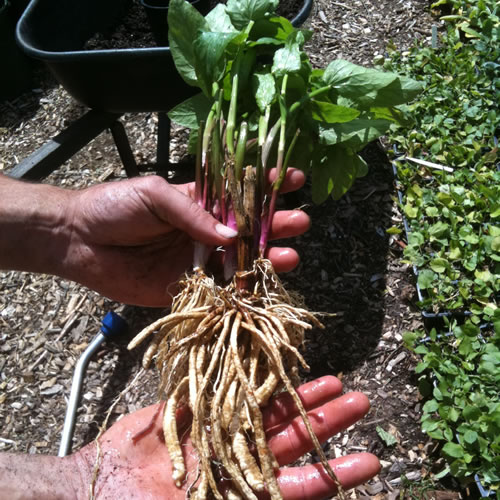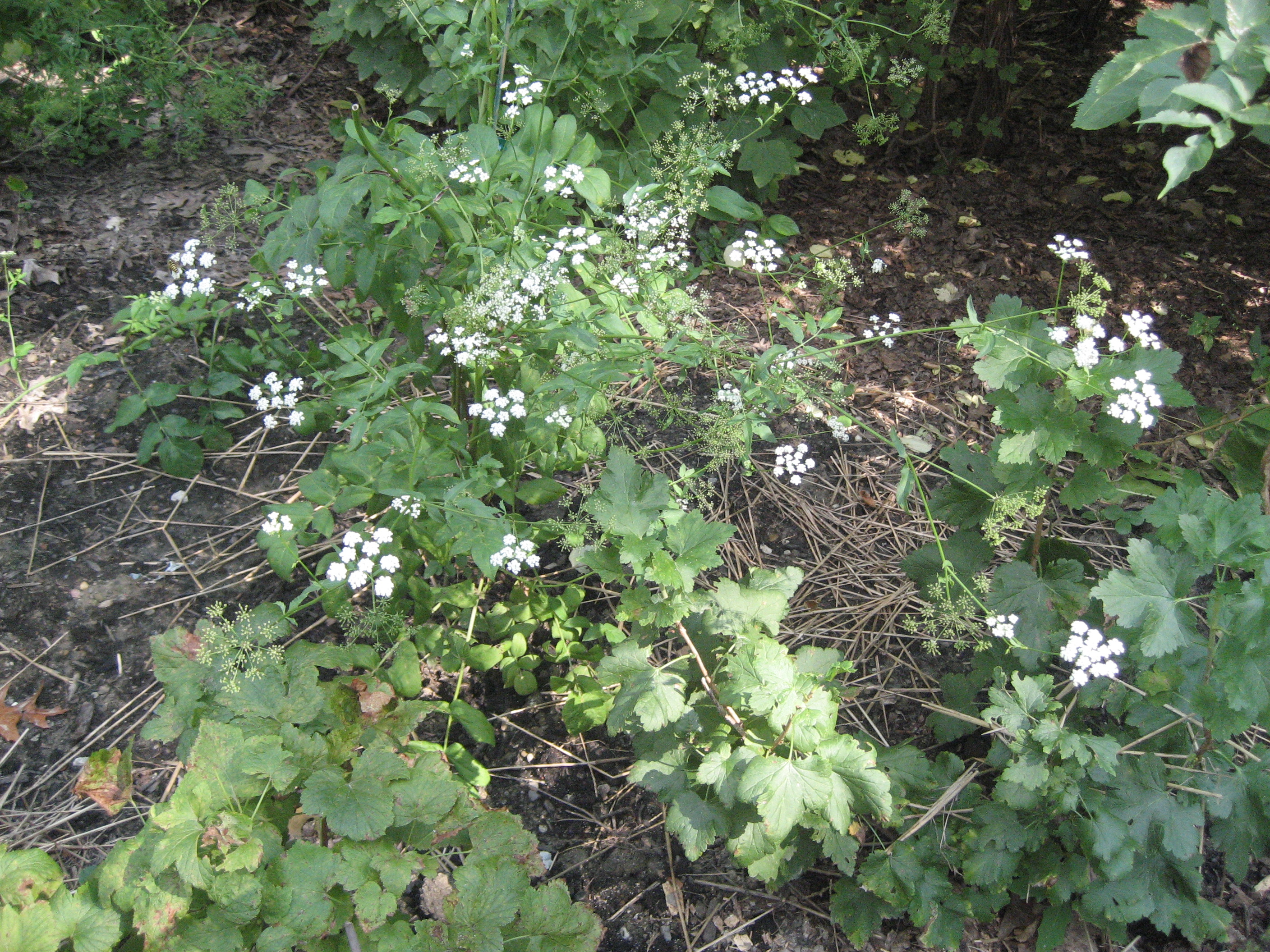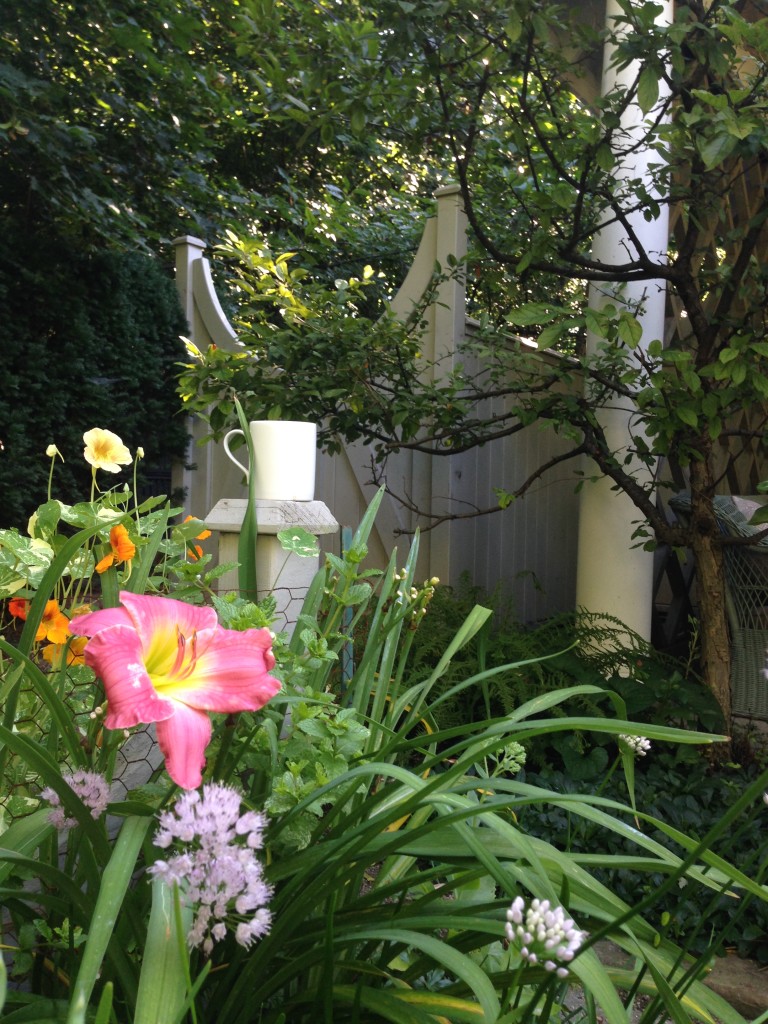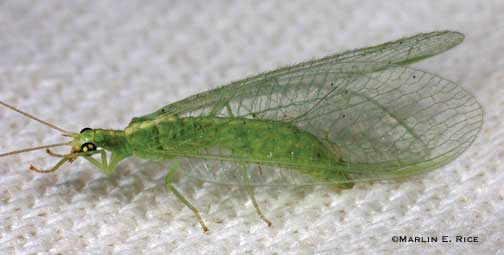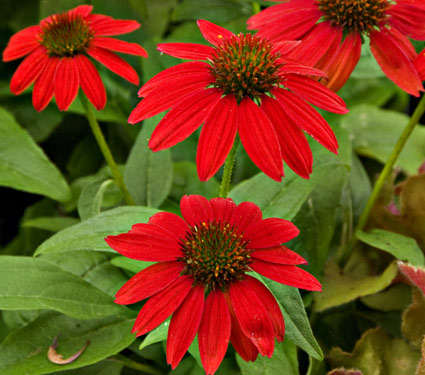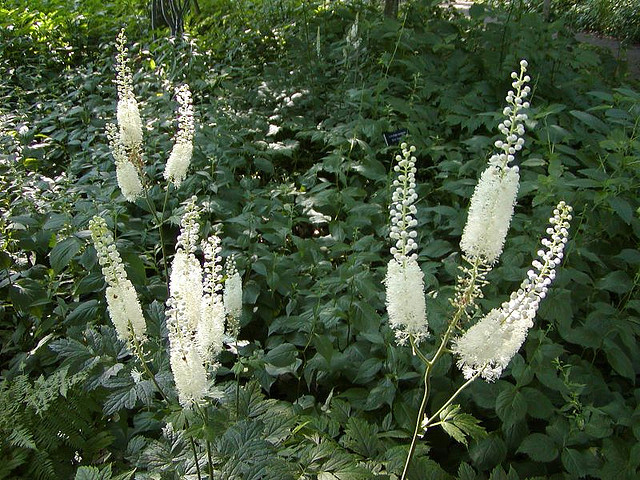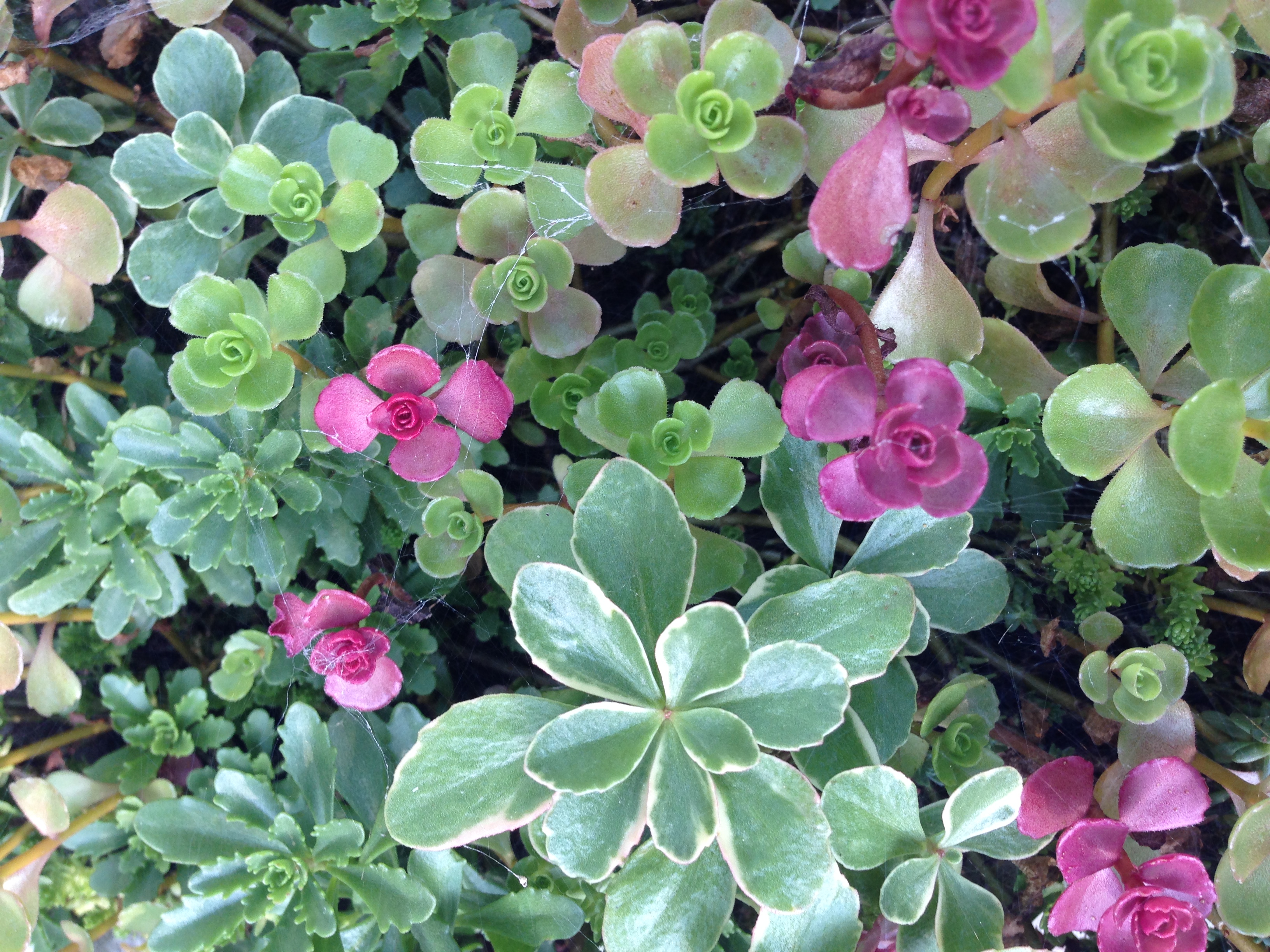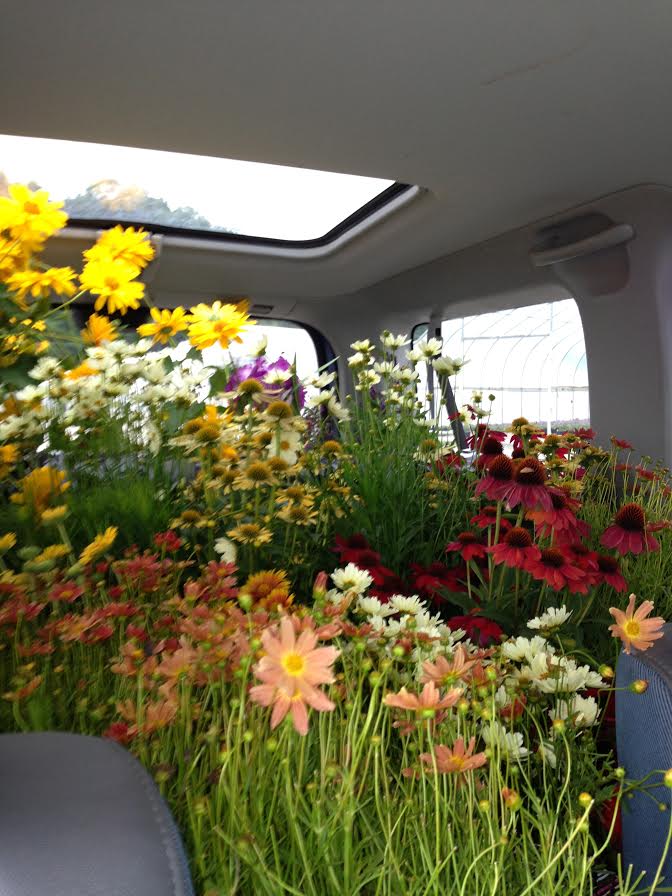 GARDENOPOLIS Cleveland visits the Native Plants Garden in the N.Y. Botanical Garden
GARDENOPOLIS Cleveland visits the Native Plants Garden in the N.Y. Botanical Garden
The newest of the New York Botanical Garden’s specialized collections, the native plant garden, designed to be aesthetically pleasing in a kind of wild and messy way, is so much more than just a collection of some 100,000 native plants representative of the indigenous flora of the northeastern and northern Continental United States.
The garden is made of several diverse ecosystems, including wetlands, a lake, meadows, and hillside forests. I saw nothing that is not also indigenous to northeast Ohio.
In late summer it is the billowing prairie flowers and grasses that speak most strongly: goldenrod, ironweed, silvery native mints, rattlesnake master, liatrus, Joe-Pye weed (all with their accompanying pollinators – our native bees, wasps, flies, and butterflies)….
and– in wetter places — both blue and red lobelia (with accompanying hummingbirds) and the showy hibiscus moscheutos.
Both dry and damp hillsides grow many varieties of ferns and carex,
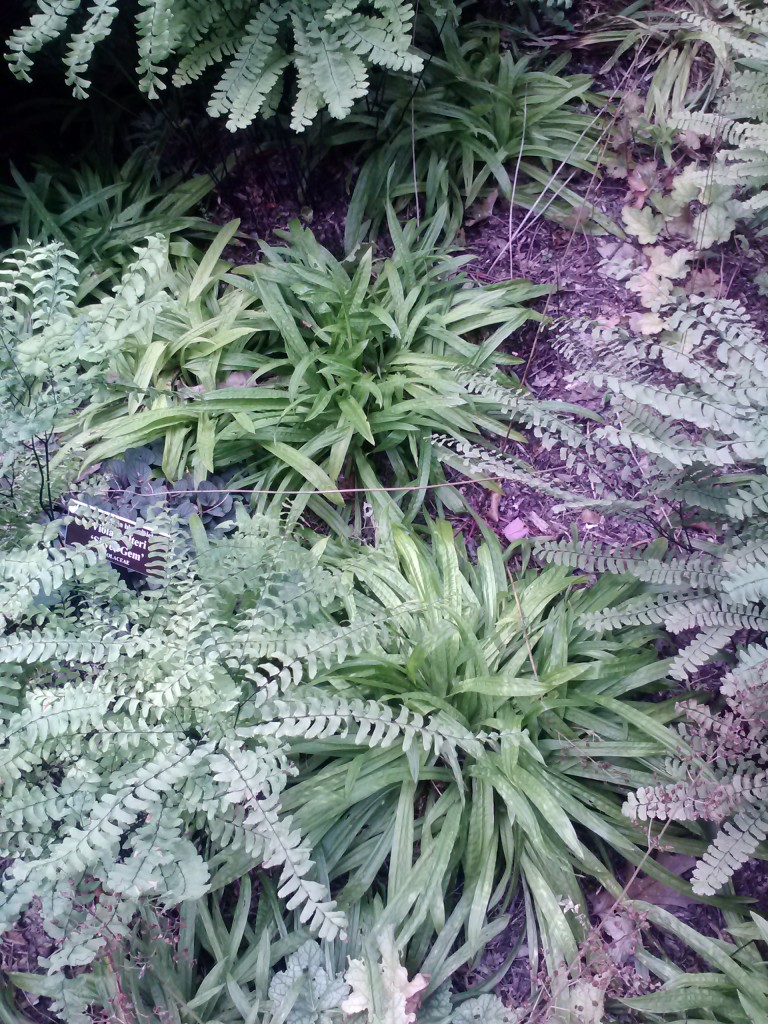 false Solomon’s seal, native ginger,
false Solomon’s seal, native ginger,
and so much more …and of course a multitude of native shrubs and trees. To peruse a list of plants used in this native plant garden go to www.nybg.org/native-plant-garden.
A garden of native plants can be perfect for practicing sloth in, as many of these plants look their best when not expected to be too neat and tidy. Thoughtful design can supply the look of intentional order so many people in urban residential settings desire.
